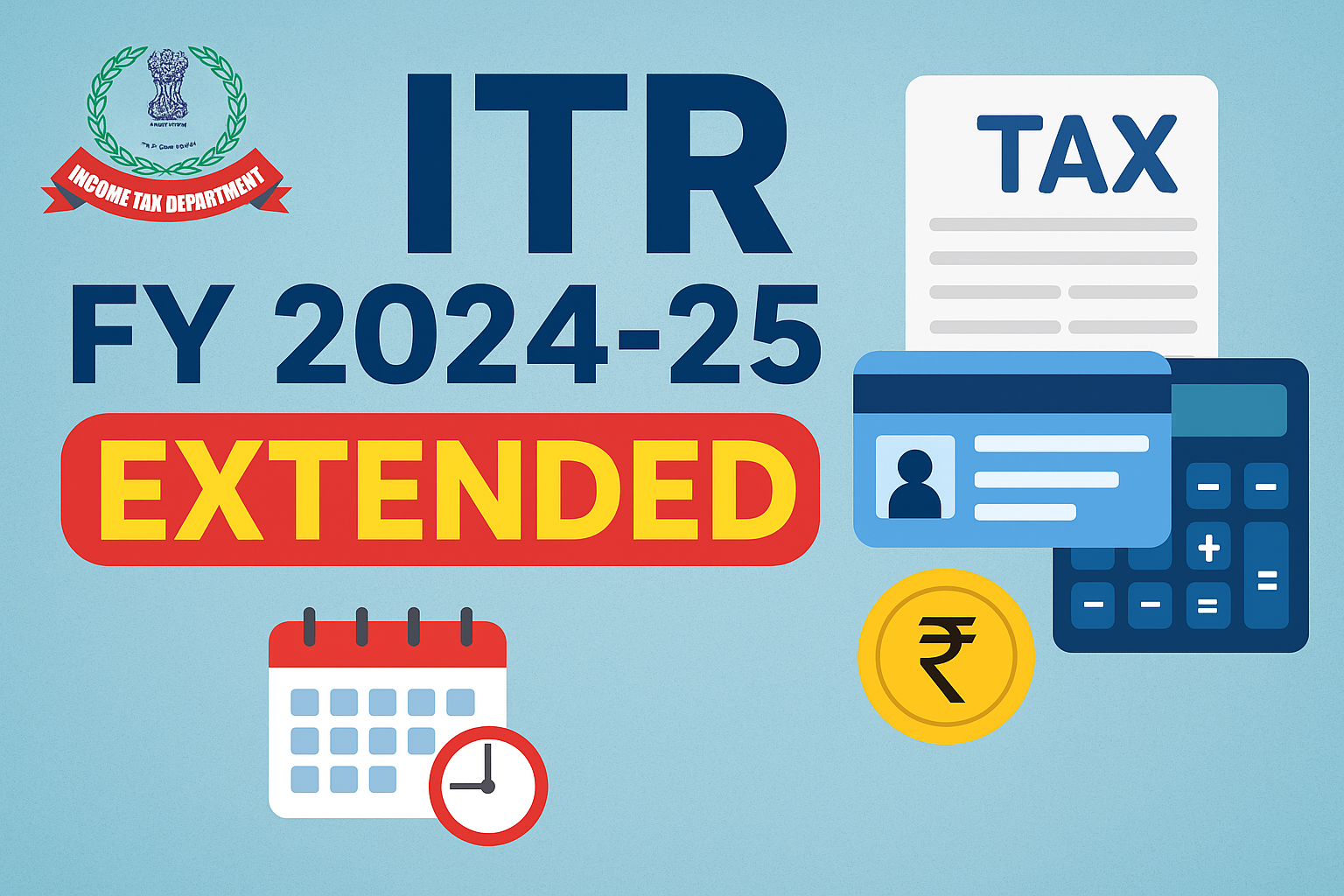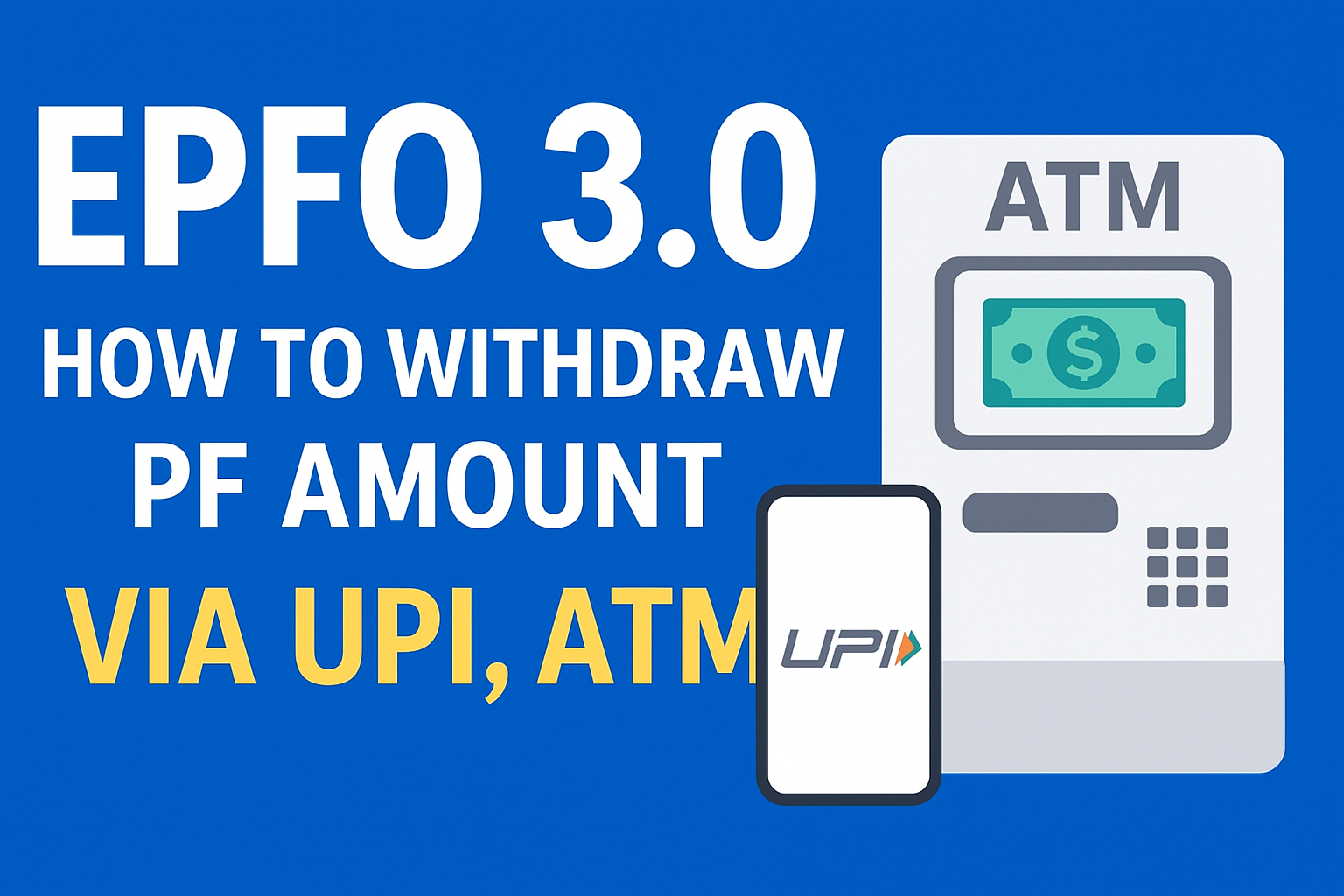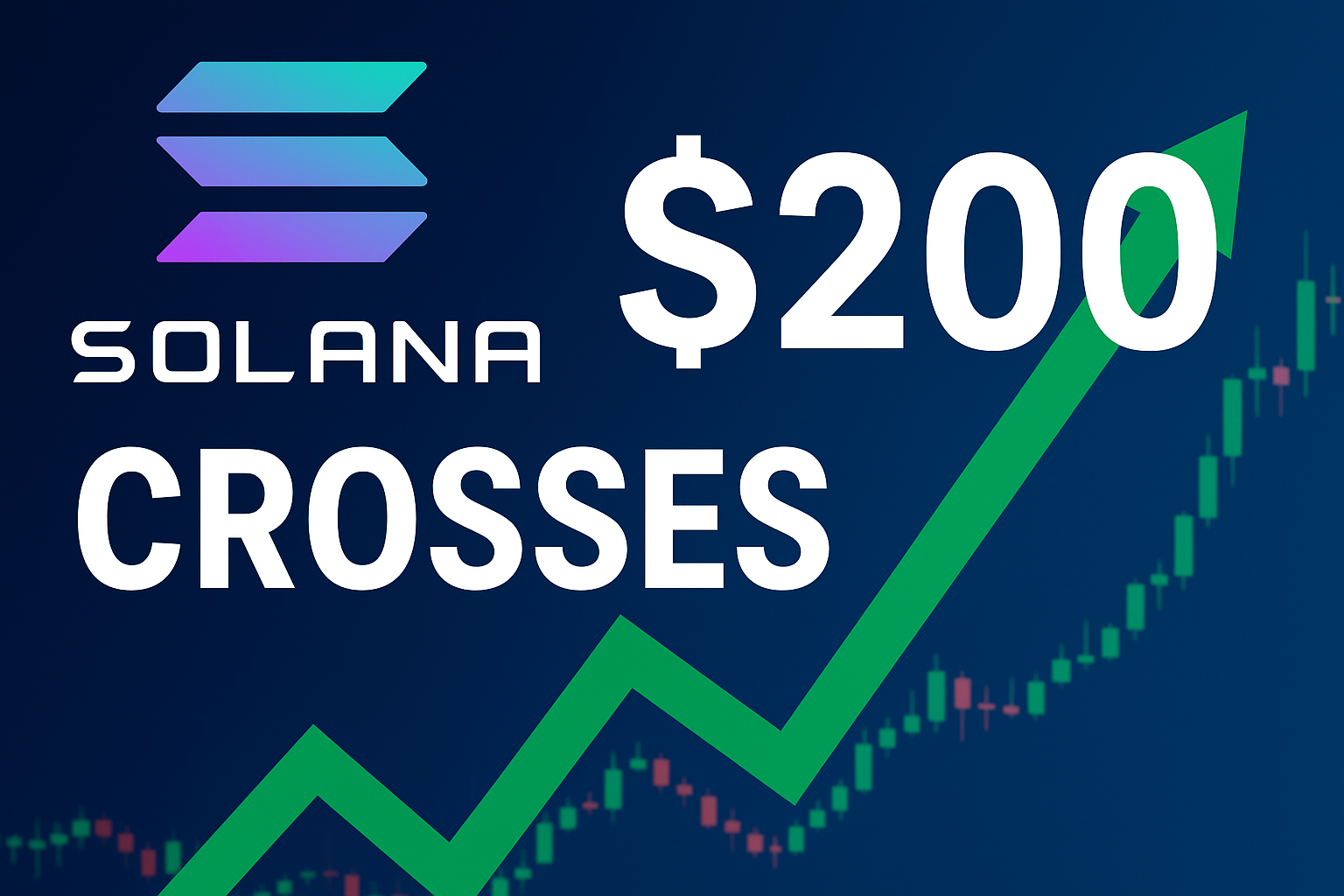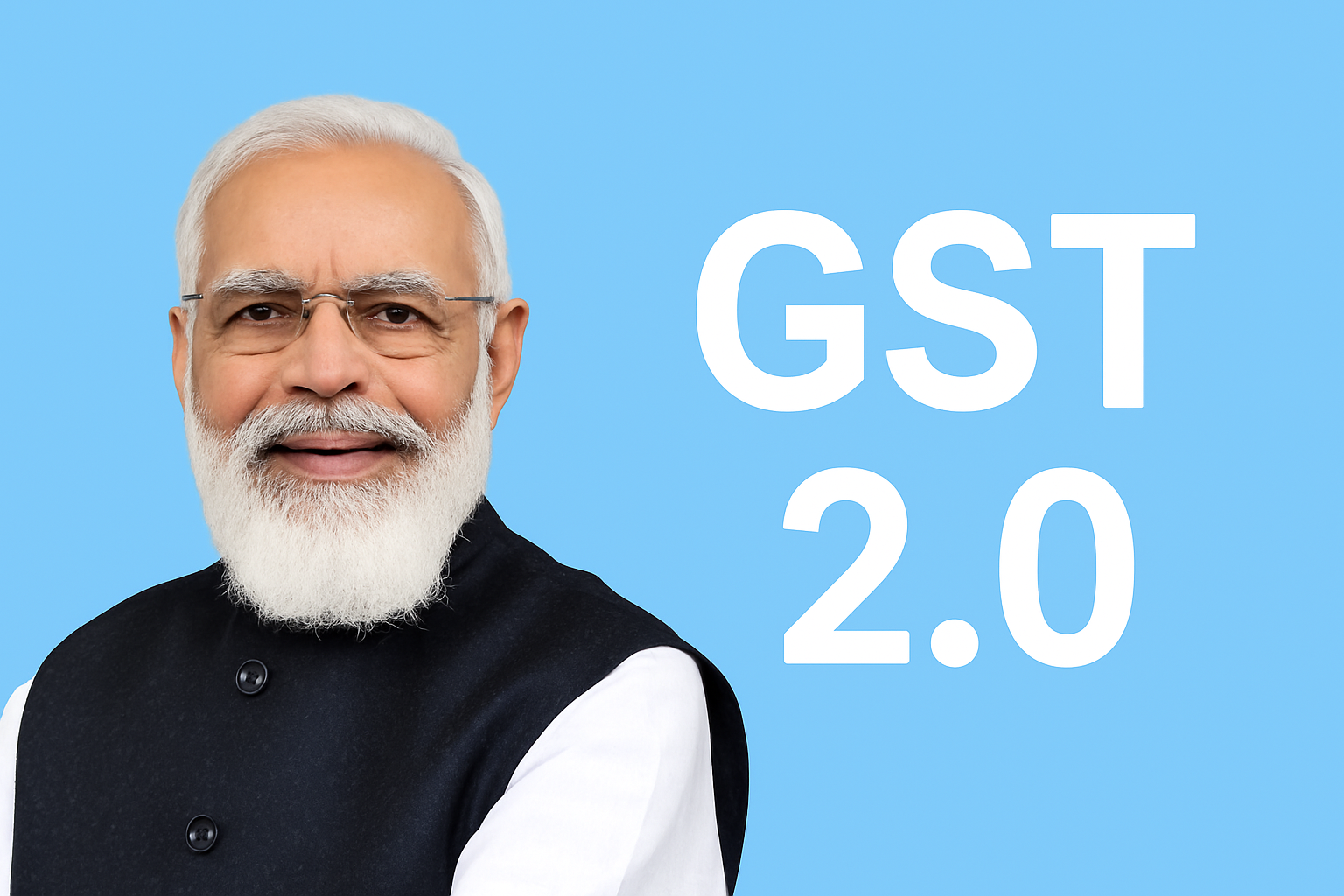EPF Withdrawal Rules 2025: Limits, Tax, and Step-by-Step Guide
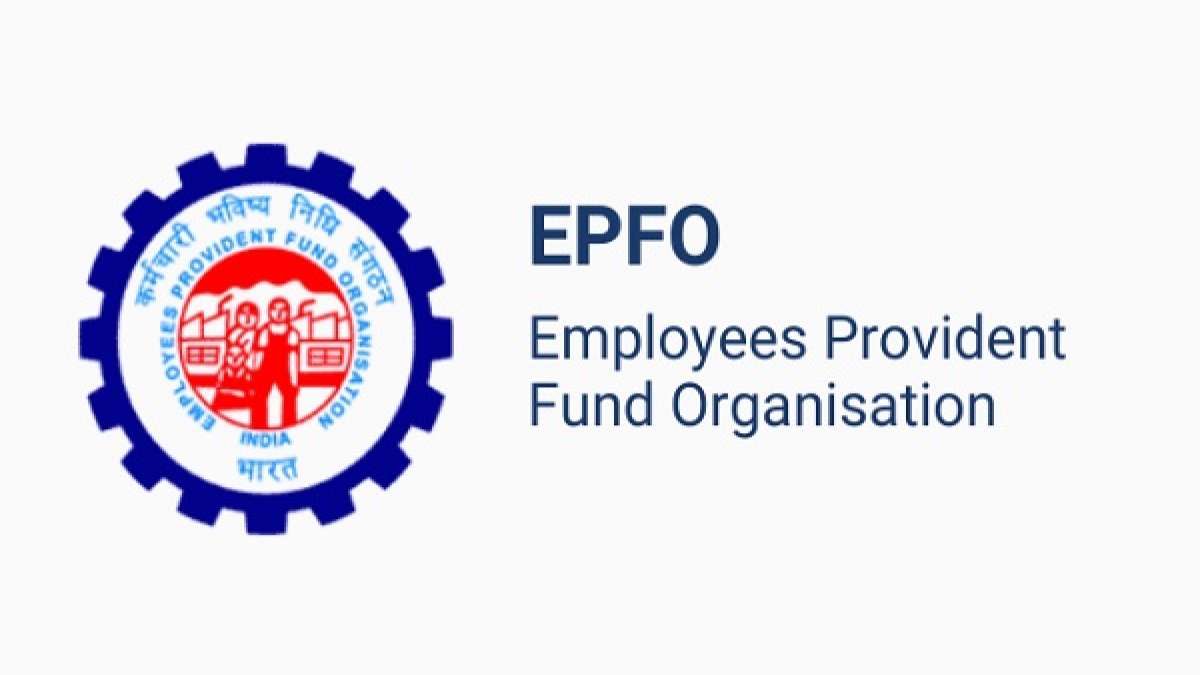
EPF or PF: What is it?
The Employees’ Provident Fund (EPF) is a long-term savings scheme designed to provide financial security post-retirement. Managed by the Employees’ Provident Fund Organisation (EPFO), it accumulates funds through contributions from employees, employers, and, in some cases, the government. However, there are specific conditions under which premature withdrawals can be made. Here’s everything you need to know about EPF withdrawal rules for 2025.
Eligibility for EPF Withdrawals
EPF can be withdrawn under the following circumstances:
- At Retirement: Full withdrawal is allowed upon reaching 58 years of age.
- Unemployment: Partial withdrawal after one month of unemployment (75%) and full withdrawal after two months (remaining 25%).
- Death Before Retirement: Nominees can claim the accumulated balance.
EPFO also allows special withdrawals for medical emergencies, home loans, weddings, and other essential needs.
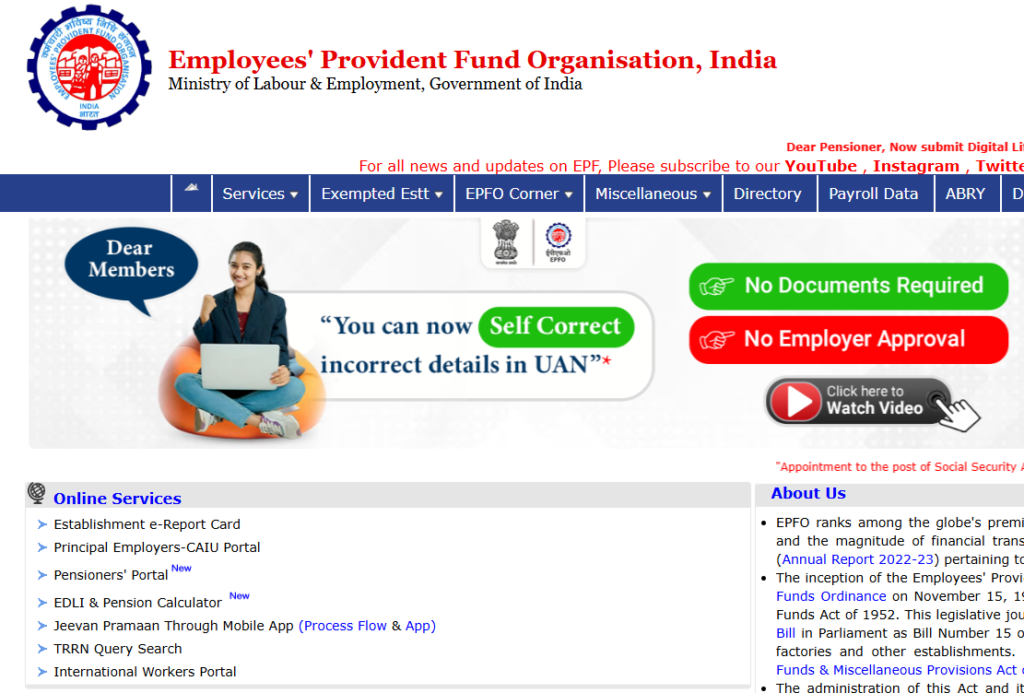
EPF Withdrawal Rules 2025
- Medical Emergency
- Applicable for self, spouse, children, or parents.
- Withdrawal limit: Lesser of 6 times monthly salary or employee’s total contribution with interest.
- No minimum service requirement.
- Home Loan Repayment
- Minimum 3 years of service required.
- Withdrawal limit: 90% of the EPF balance.
- Wedding Expenses
- Applicable for self, siblings, or children.
- Minimum 7 years of service required.
- Withdrawal limit: 50% of employee’s contribution plus interest.
- House Renovation/Reconstruction
- House should be owned individually or jointly with a spouse.
- Minimum 5 years of service required
The Employees’ Provident Fund (EPF) is a crucial savings scheme for salaried employees in India, managed by the Employees’ Provident Fund Organisation (EPFO). It ensures financial security post-retirement and allows withdrawals under specific conditions. In 2025, several key rules govern EPF withdrawal, including eligibility criteria, withdrawal limits, tax implications, and the claim process.
Eligibility for EPF Withdrawal
EPF withdrawal is permitted under certain conditions. The eligibility criteria include:
- Retirement: Employees can withdraw 100% of their EPF balance upon reaching the retirement age of 58 years.
- Unemployment: If an employee is unemployed for more than 2 months, they can withdraw 75% of the EPF balance after the first month and the remaining 25% after the second month.
- Medical Emergencies: Employees can withdraw funds for medical treatment of themselves or dependents in case of severe illness.
- Home Loan Repayment & Purchase: Partial withdrawals are allowed for purchasing, constructing, or repaying a home loan.
- Marriage or Education: Employees can withdraw up to 50% of their EPF balance for their own or dependents’ education or marriage.
- Disability: If an employee becomes permanently disabled, they can withdraw the full amount.
- Pre-Retirement Partial Withdrawal: Employees aged 54 or above can withdraw up to 90% of their EPF balance one year before retirement.
Withdrawal Limits💲
The withdrawal amount depends on the purpose:
- Medical Treatment: Up to 6 months’ basic salary or the total employee’s share (whichever is lower).
- Home Purchase/Construction: Up to 36 months’ basic salary plus dearness allowance (DA) for construction or purchase.
- Home Loan Repayment: Up to 90% of the EPF balance.
- Marriage/Education: Up to 50% of the employee’s share.
- Retirement: 100% withdrawal upon reaching the age of 58.
Tax Implications on EPF Withdrawal
Taxation depends on the period of service and reason for withdrawal:
- Before 5 Years of Service: Withdrawals are taxable, and TDS (Tax Deducted at Source) at 10% is applicable if the amount exceeds ₹50,000, and if PAN is not provided, TDS is 30%.
- After 5 Years of Service: Withdrawals are tax-free.
- Retirement Withdrawal: Fully exempt from tax.
- Unemployment for Over 5 Years: Tax-free withdrawal.
- Death of Employee: Nominees receive the EPF balance without tax deductions.
EPF Withdrawal Claim Process
Employees can withdraw their EPF balance online via the Unified Member Portal or through an offline claim submission.
Online Withdrawal Process
- Login to the EPFO Portal: Visit https://unifiedportal-mem.epfindia.gov.in/memberinterface/
- Enter UAN and Password: Ensure your Universal Account Number (UAN) is activated and linked to your Aadhaar, PAN, and bank account.
- Go to the Online Services Tab: Select ‘Claim (Form-31, 19, 10C & 10D).’
- Verify KYC Details: Confirm Aadhaar, PAN, and bank details.
- Choose Withdrawal Type: Select ‘PF Advance (Form 31)’ for partial withdrawal or ‘Final Settlement’ for complete withdrawal.
- Submit Application: Enter withdrawal reason, attach necessary documents, and submit.
- Approval & Payment: Once approved by the employer and EPFO, the amount is credited to your bank account within 10-15 working days.
Offline Withdrawal Process
- Download the Form: Obtain Form 19 (Final Withdrawal), Form 31 (Advance Withdrawal), or Form 10C (Pension Withdrawal) from the EPFO website.
- Fill in the Details: Enter UAN, Aadhaar, PAN, and reason for withdrawal.
- Attach Supporting Documents: Submit ID proof, canceled cheque, and supporting documents for withdrawal purpose.
- Submit to EPFO Office: Send the form to the nearest EPFO office for processing.
- Payment Processing: The amount is credited within 20-30 working days.
You can also refer to this EPF Document for more details.
Important Points to Remember
- Ensure UAN is linked to Aadhaar, PAN, and bank details for smooth processing.
- TDS applies for withdrawals before 5 years of service.
- EPFO approval is mandatory for withdrawal above a certain limit.
- Regularly update KYC details to avoid delays.
- If unemployed for over two months, submit a declaration to withdraw the full amount.
Conclusion
EPF serves as a financial safety net for employees, offering flexibility in withdrawals for various needs. Understanding the latest EPF withdrawal rules in 2025 ensures hassle-free claim processing, tax optimization, and timely fund access. If planning a withdrawal, do ensure compliance with EPFO guidelines to maximize benefits.
Check out more article on Finance on our Finance Category section.
#EPF #EPFWithdrawal #Finance #RetirementPlanning #PFClaim #Taxation #MoneyMatters
